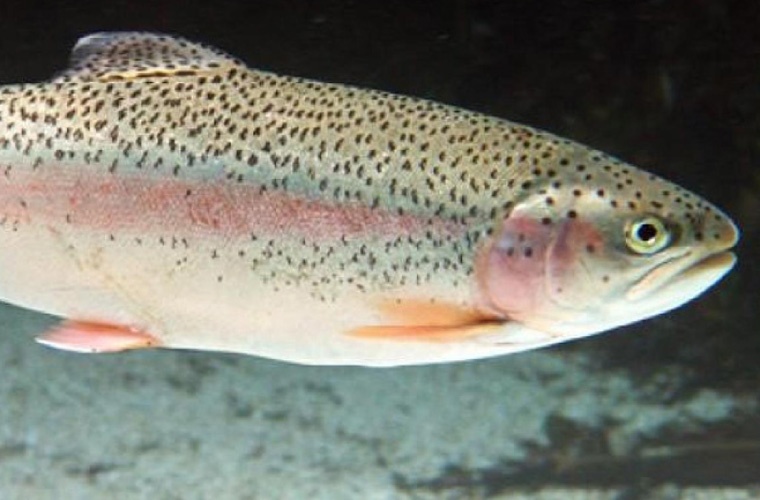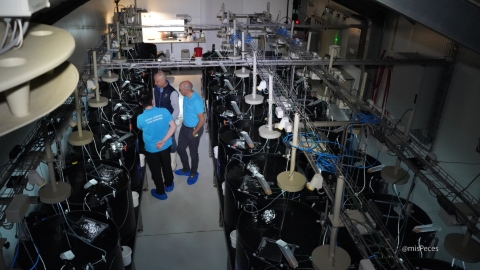
In an exciting breakthrough for aquaculture, scientists at the Natural Resources Institute Finland have unveiled a machine learning-driven method for identifying the sex of rainbow trout with 98% accuracy. This groundbreaking approach, which leverages genomic data and Extreme Gradient Boosting (XGB), is poised to transform the industry by offering a non-invasive, highly efficient, and easily scalable solution to a long-standing challenge.
Traditionally, sex identification in juvenile rainbow trout-a critical aspect of fish farming and breeding programs-has been laborious and invasive process, requiring ultrasound or post-slaughter examination. Such methods are both impractical and expensive for large-scale operations.
However, the new method bypasses these challenges by analysing genetic markers, making it a true game-changer for the sector.
This approach not only simplifies sex determination but also aligns with ethical and sustainable farming practices.
The study demonstrated the method’s effectiveness using both simulated datasets and real data from the Finnish Rainbow Trout Breeding Program. The results were striking: the XGB model achieved perfect accuracy (100%) in low-error simulated scenario and maintained an impressive 98% accuracy with real-world data.
Accurate sex identification is vital for aquaculture. Male and female fish have different growth rates and traits, influencing farm management and breeding decisions. Early identification of sex helps to optimise production, cut costs, and promote sustainability in fish farming.
The machine learning model also provides significant advantages over traditional probabilistic methods. Unlike Bayesian approaches, which require prior knowledge of genetic markers, the XGB method is remarkable resilient to missing data and remains effective even when markers are not fully understood.
Industry Implications
The Finnish Rainbow Trout Breeding Program plans to adopt this method into routine operations, representing a major milestone for the sector. The potential to expand its application to other fish species and genetic traits further highlights its significance.
This innovation comes at a crucial time, as demand for sustainable and ethical food production continues to grow. By reducing resource usage improving animal welfare, this method aligns with the pressing concerns of modern aquaculture.
With its flexibility and adaptability, the XGB-method could soon become a benchmark tool in fish farming worldwide, demonstrating how science and technology are paving the way for more sustainable and forward-thinking food systems.


